1. Suburban Isolation
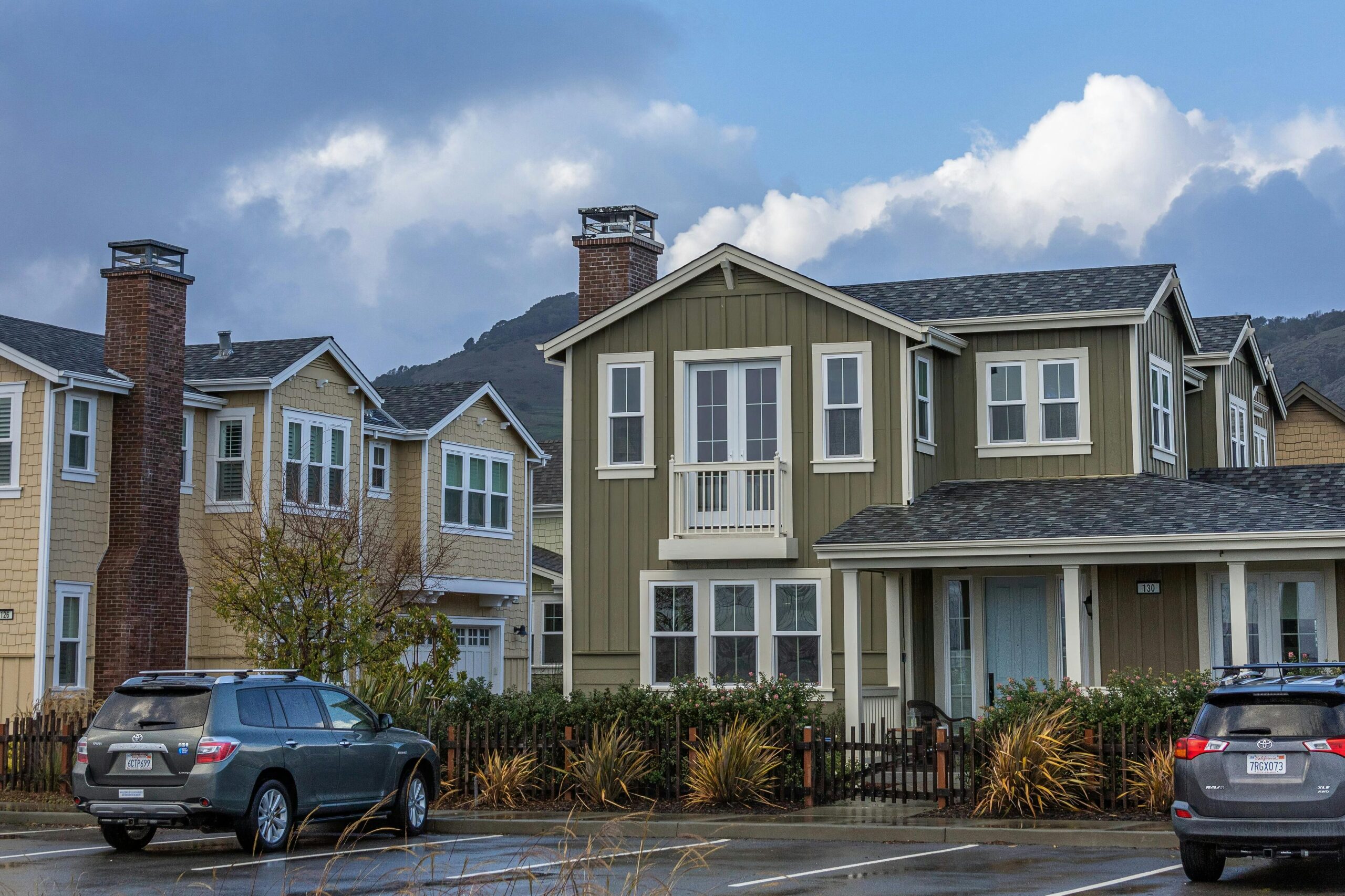
While previous generations flocked to the suburbs in search of peace and privacy, many millennials are steering away from sprawling neighborhoods that leave them feeling disconnected. Long commutes, car dependency, and a lack of nearby amenities don’t fit the lifestyle preferences of buyers who crave community, convenience, and walkability. According to The Guardian, this generation tends to favor urban or semi-urban settings with access to restaurants, shops, parks, and public transit—all within a reasonable distance of their homes.
Even when millennials do buy in the suburbs, they’re looking for developments that offer a sense of connection—think town centers, shared green spaces, and mixed-use areas that bring people together. Suburban sprawl, cul-de-sacs with no sidewalks, and isolated developments feel outdated to many younger buyers who value both environmental sustainability and social interaction. It’s not that they’re anti-suburb—it’s that they want the suburbs to evolve into something more connected, livable, and aligned with modern values.
2. Formal Dining Rooms
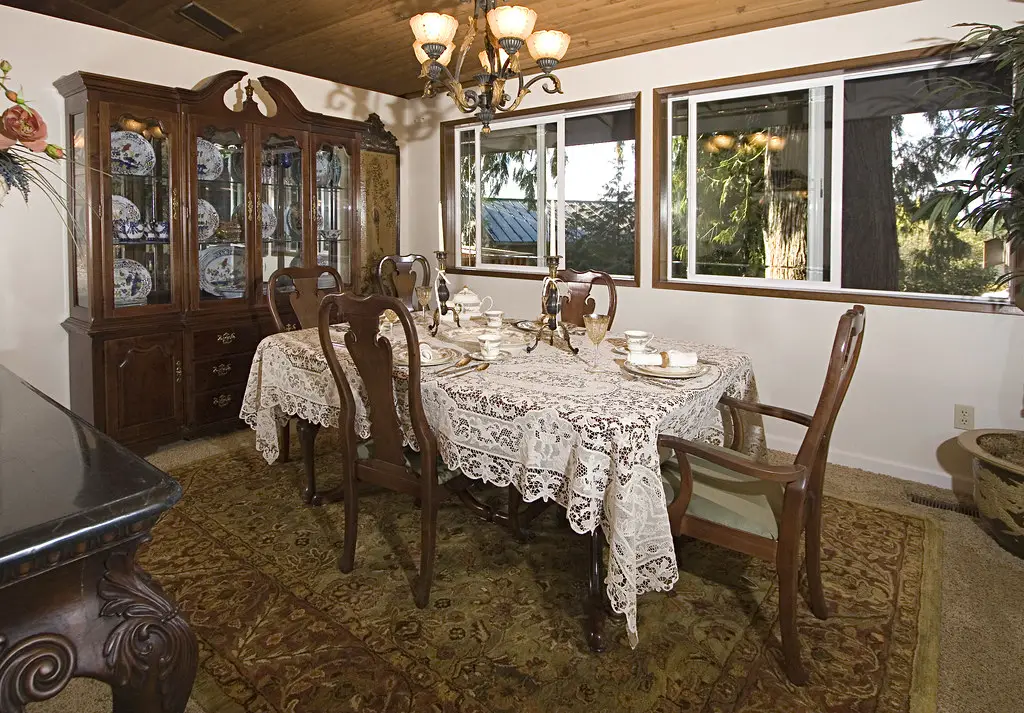
At one time, a formal dining room was the mark of an elegant home, but today’s buyers are looking for more flexible, open-concept spaces. With casual dining becoming the norm, that many homeowners now prefer eat-in kitchens, breakfast nooks, or multipurpose rooms instead. Formal dining rooms are often underutilized, making them seem like wasted space in homes where functionality is key. The shift towards a more relaxed, communal dining experience has made these rooms feel outdated and unnecessary.
Additionally, many homebuyers prioritize open floor plans where the kitchen flows seamlessly into the living space. A dedicated dining room can make a home feel compartmentalized rather than airy and modern. For those with limited square footage, a separate dining space can feel like an impractical luxury rather than a must-have. As a result, many homeowners are repurposing their formal dining rooms into home offices, libraries, or additional lounge areas.
3. Ornate Kitchen Cabinetry
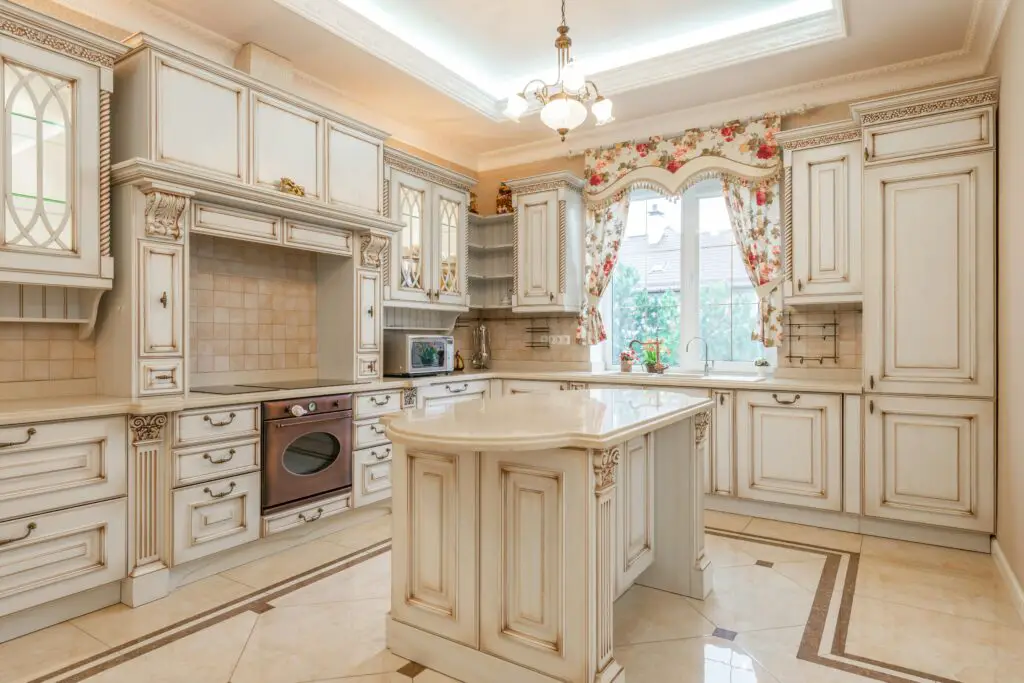
Elaborately carved wooden cabinets with intricate detailing were once a hallmark of high-end kitchens, but now, they make a space feel heavy and outdated. The trend has shifted towards minimalist, sleek cabinetry with clean lines and modern finishes like flat-panel or shaker-style doors. Overly detailed cabinets can be difficult to clean, as dust and grime accumulate in the crevices. Realtor.com says that buyers today want kitchens that feel bright, open, and easy to maintain rather than overly decorated and traditional.
In addition to aesthetics, ornate cabinetry often doesn’t pair well with modern kitchen appliances and countertops. Many buyers prefer lighter wood tones or painted cabinets in neutral shades, which make the space feel larger and more inviting. The excessive detailing can also clash with contemporary home designs, limiting a buyer’s ability to personalize the space. Because of this, many homeowners opt to refinish or replace heavy cabinetry with more modern, understated options.
4. Sunken Living Rooms

A split-level or sunken living room once added architectural interest and a sense of separation between spaces, but now, it’s seen as a tripping hazard and an inconvenience. Many buyers with children or elderly family members see the step-down design as a safety risk rather than a stylish feature. The uneven flooring also makes it difficult to rearrange furniture or create a seamless flow between spaces. As open-concept living becomes more desirable, the appeal of sunken rooms continues to fade.
Beyond safety concerns, sunken living rooms can also make a home feel outdated and less adaptable to modern living needs. Many buyers prefer wide, even flooring that allows for easier mobility and accessibility. The presence of steps can also make home renovations, like installing new flooring, more expensive and complicated. In many cases, homeowners are now leveling out their sunken living spaces to create a more cohesive and functional layout.
5. Media Rooms with Built-In Seating
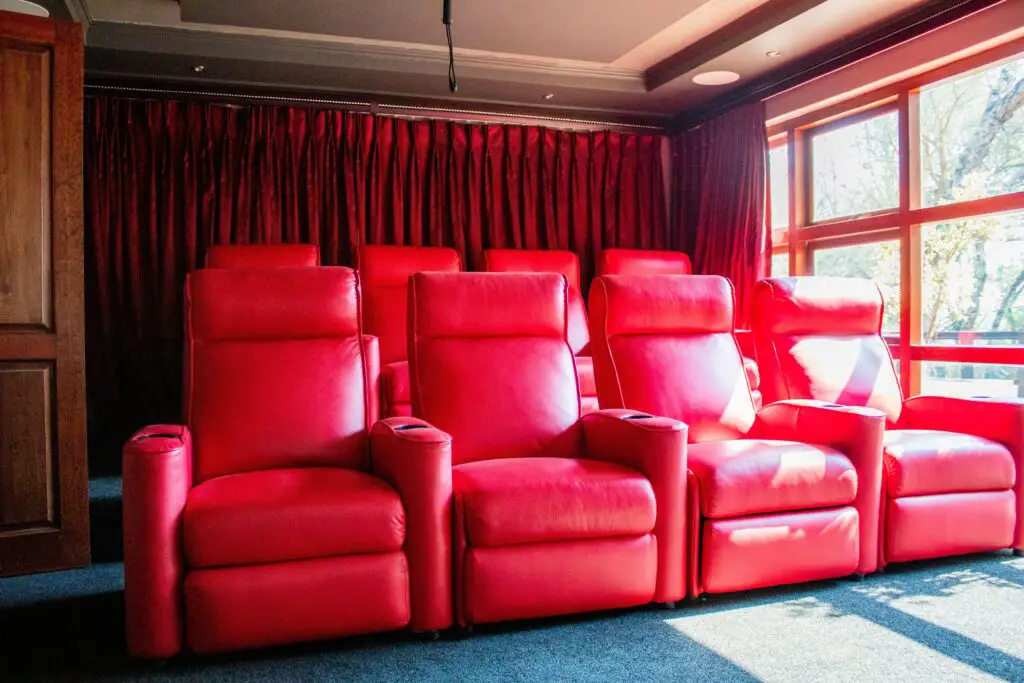
Dedicated media rooms with tiered seating and built-in speakers once felt like the ultimate luxury, but now they limit flexibility and feel excessive. With the rise of streaming services and smart TVs, homeowners are no longer investing in rooms dedicated solely to watching movies. Many buyers prefer a cozy, multi-use living space rather than a dark, theater-like setting that may only be used occasionally. The need for specialized audio-visual equipment has also decreased as wireless sound systems have become more advanced and portable.
Additionally, these media rooms often take up valuable square footage that could be used for more functional living spaces. Built-in seating and permanent fixtures make it difficult for new homeowners to repurpose the room for other needs, such as a home office or playroom. Many buyers now prefer a more open and inviting living area where they can entertain, rather than a room designed exclusively for watching films. As home layouts become more flexible, rigidly designed spaces like these are falling out of favor.
6. Over-the-Top Landscaping
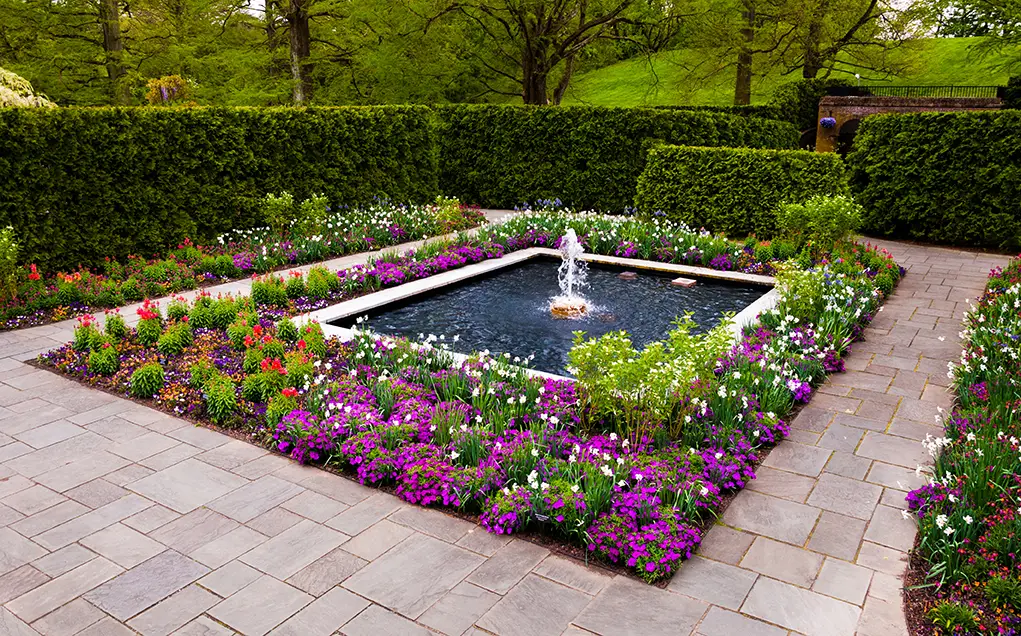
Extravagant landscaping with complex gardens, fountains, and sculpted hedges once symbolized luxury, but now it’s a turnoff for many buyers. The time, effort, and cost required to maintain an intricate landscape are simply not appealing to most modern homeowners. Buyers today favor low-maintenance outdoor spaces that are functional, like simple patios, fire pits, and native plants that require minimal upkeep. The demand for sustainability has also encouraged the shift toward drought-resistant landscaping and eco-friendly gardening options.
Moreover, highly customized landscaping can make a property feel too personalized, making it harder for buyers to envision their own outdoor preferences. Overgrown or high-maintenance yards can also deter buyers who aren’t interested in investing in ongoing lawn care. Instead, many prefer open, flexible spaces that allow for easy customization. A well-maintained but simple yard is far more attractive to today’s buyers than an overdesigned landscape requiring constant attention.
7. Huge Luxury Showers
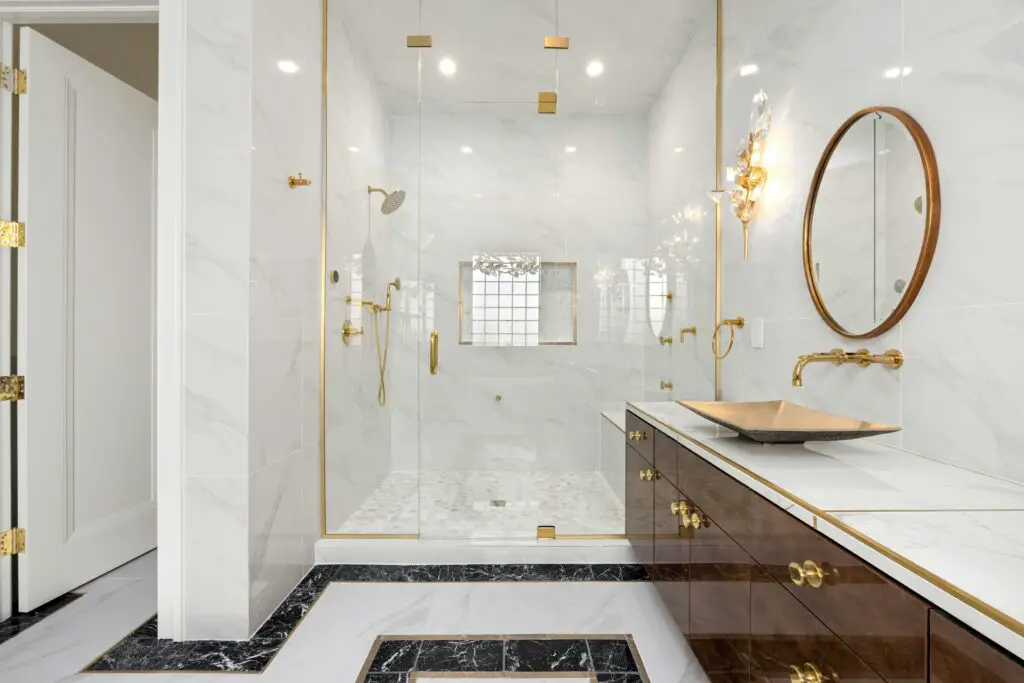
Luxury walk-in showers with multiple showerheads and body jets may seem appealing at first, but their impracticality is becoming more evident. These oversized showers use an excessive amount of water, which raises both environmental concerns and utility costs. They also take up a lot of space, often eliminating valuable storage or vanity space in the bathroom. While spa-like experiences are still desirable, most buyers now prefer efficient, well-designed showers over unnecessarily large, water-wasting setups.
Additionally, these showers often require expensive maintenance and repairs due to complex plumbing systems. Hard water buildup and mold growth in the jets can be a hassle, leading to frequent cleaning and maintenance. With many homeowners prioritizing sustainability, the high water consumption of whirlpool showers is a major drawback. Today’s buyers are opting for more practical rain showers or steam showers that provide luxury without waste.
8. Elaborate Ceiling Designs
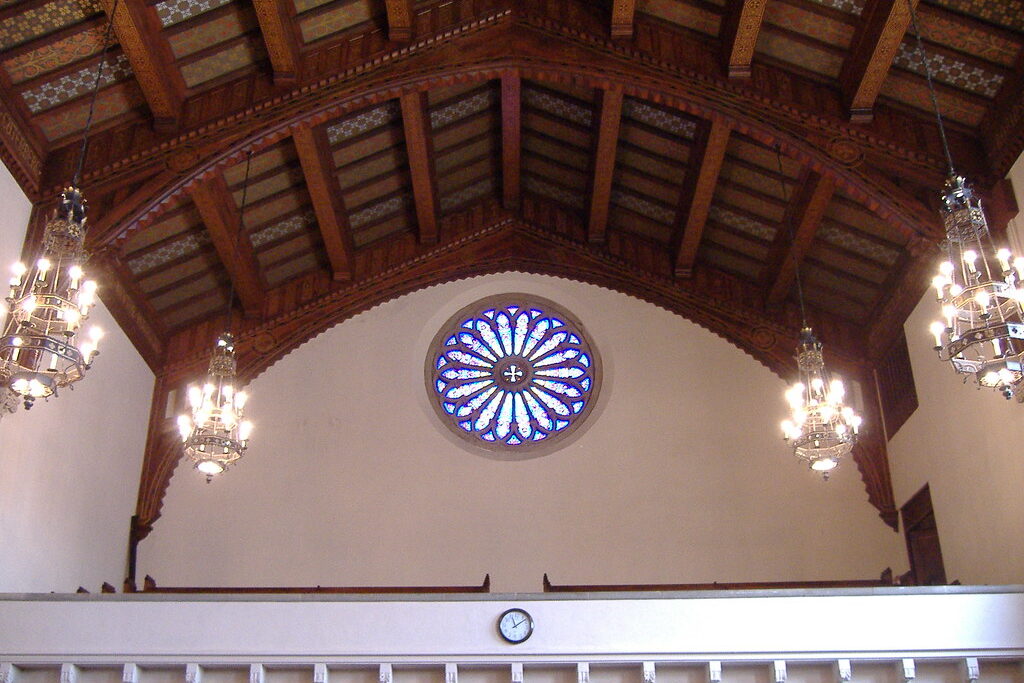
Tray ceilings, heavy crown molding, and intricate ceiling medallions were once a mark of elegance, but they now often make homes feel outdated. Buyers today prefer clean, minimalist designs with simple, modern light fixtures. Overly detailed ceilings can also make a space feel busy and visually heavy, clashing with contemporary interior trends. While subtle ceiling features can add charm, excessive ornamentation is increasingly being seen as unnecessary.
These ceilings can also pose difficulties when it comes to repainting or installing modern lighting. Homes with outdated ceiling details often require extra work to modernize, which can be an additional cost for buyers. Many prefer smooth ceilings that provide a blank slate for personalization. As contemporary styles lean toward simplicity, overly decorative ceilings are becoming a dealbreaker.
9. Multiple Guest Rooms
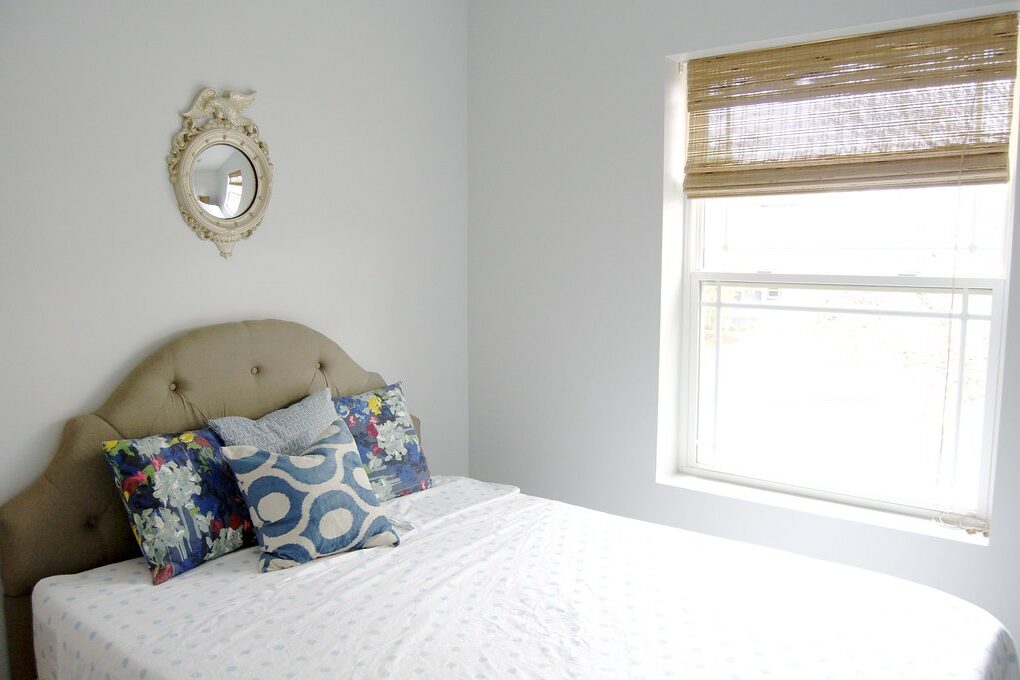
In the past, extra bedrooms were seen as a sign of a well-appointed home, perfect for hosting out-of-town guests or growing families. But millennials are less interested in maintaining space that sits unused for most of the year. Instead of dedicating rooms to occasional visitors, they’re opting for more flexible layouts—rooms that can serve as home offices, hobby studios, workout spaces, or even short-term rentals. For a generation that values functionality and intentional design, multiple guest rooms feel like wasted potential, especially in homes where every square foot counts.
This shift reflects broader lifestyle changes. With the rise of remote work, economic uncertainty, and minimalist living trends, millennials are prioritizing spaces that align with how they actually live day to day. A guest room that collects dust doesn’t make the cut when compared to a space that could generate income on Airbnb or support a side hustle. For occasional hosting, they’re more likely to offer a pull-out couch or convert an existing room temporarily, rather than commit to a permanent guest space that serves a single purpose.
10. Wine Cellars
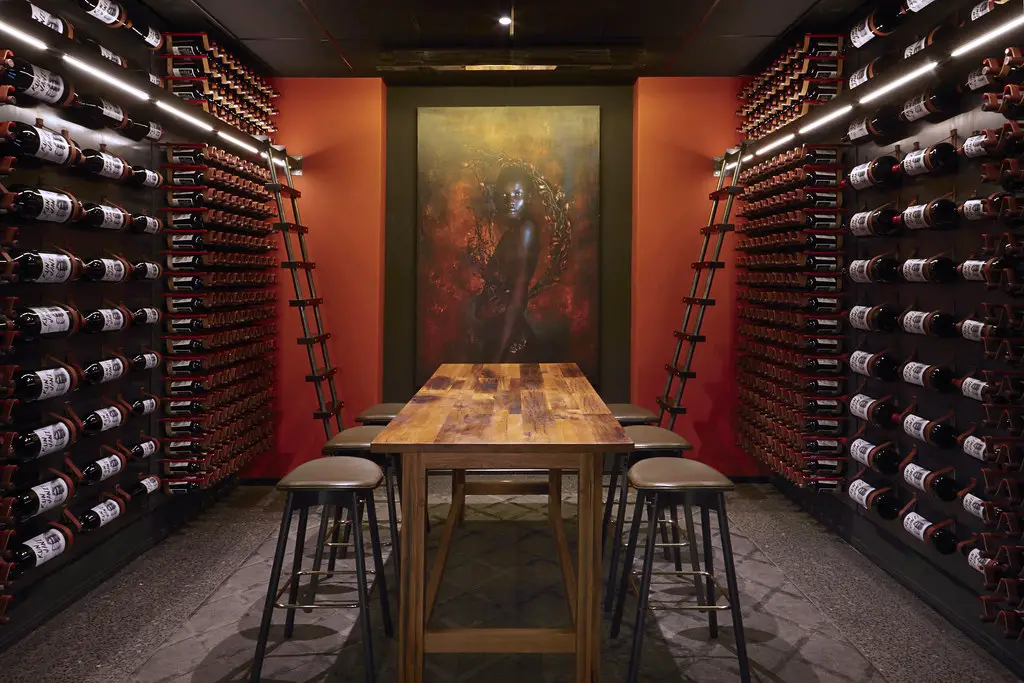
Once considered a must-have for luxury homes, wine cellars have lost their appeal for many modern buyers. While wine enthusiasts may still appreciate them, the majority of homeowners find them to be wasted space, especially if they don’t collect wine. These temperature-controlled rooms require significant upkeep and energy consumption, making them less practical for the average homeowner. Additionally, with the rise of compact wine fridges and built-in storage solutions, a full wine cellar feels excessive.
Beyond practicality, wine cellars are often located in basements, which can be inconvenient for daily use. Many buyers now prioritize home features that serve multiple purposes, such as walk-in pantries or additional storage spaces. A dedicated wine cellar can be difficult to repurpose, making it a drawback for those who don’t share the previous owner’s passion for collecting bottles. As a result, many sellers find that these once-coveted rooms no longer add significant value to a home.
11. Outdoor Kitchens
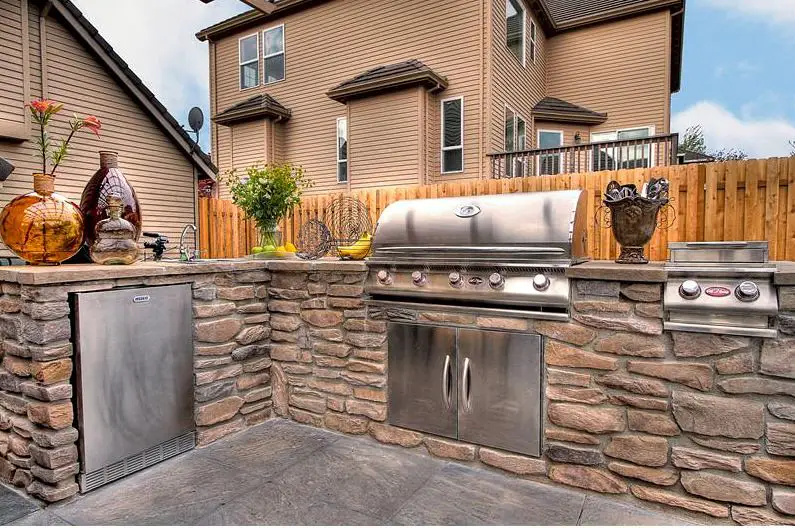
Outdoor kitchens were once the ultimate backyard luxury, but they’re now seen as impractical and high-maintenance. While the idea of hosting barbecues and alfresco dinners sounds appealing, many homeowners find that they rarely use these spaces. Factors such as unpredictable weather, seasonal limitations, and upkeep costs make outdoor kitchens more of a hassle than a benefit. Built-in grills, countertops, and refrigerators also require regular cleaning and maintenance, which can be a deterrent for busy homeowners.
Additionally, outdoor kitchens take up valuable patio or backyard space that could be used for more versatile features. Many buyers now prefer simple, well-designed outdoor seating areas with a fire pit or minimalistic barbecue setup. An outdoor kitchen can also become an eyesore if it isn’t well-maintained, which can be a turnoff for potential buyers. Instead of a full kitchen setup, most homeowners now opt for functional outdoor spaces that are easy to manage and enjoy year-round.
12. Elaborate Security Systems with Built-In Wiring
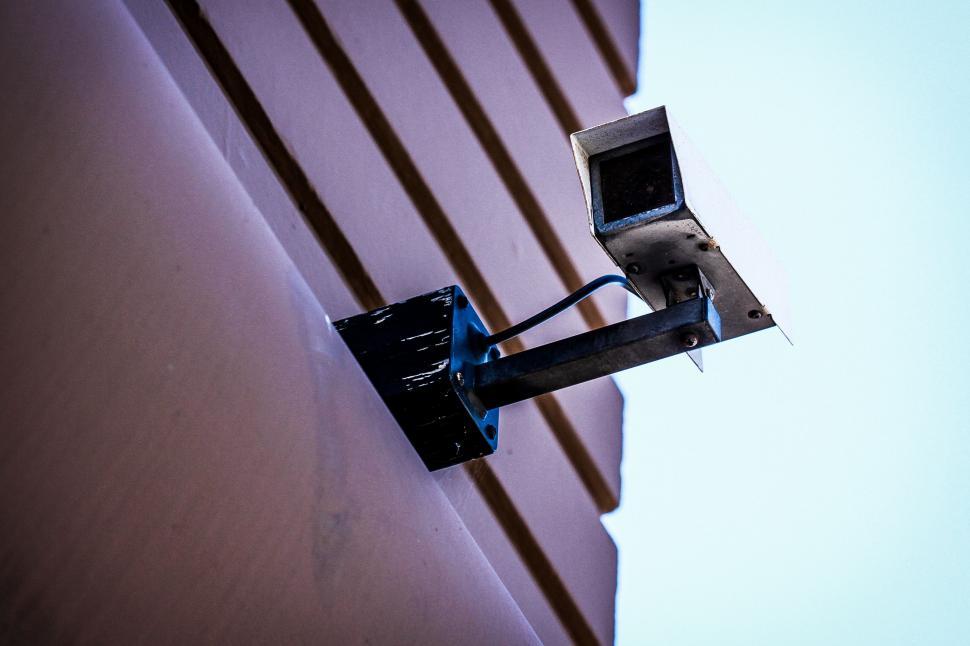
Hardwired security systems with extensive wiring were once the pinnacle of home safety, but today, they feel outdated compared to modern smart home security solutions. These systems require professional installation and can be difficult to upgrade or remove, making them inconvenient for new homeowners. In contrast, wireless security cameras, smart doorbells, and app-controlled alarm systems offer more flexibility and are easier to install and manage. Buyers now prefer security features that can be customized to their needs rather than being locked into an outdated system.
Additionally, older security systems can be costly to maintain and may become obsolete as technology advances. Many buyers don’t want to deal with complicated control panels and outdated keypads when more intuitive, smartphone-compatible options are available. Hardwired systems also limit a homeowner’s ability to move or adjust cameras and sensors without professional help. As home technology continues to evolve, built-in security systems are quickly becoming a feature that buyers would rather replace than inherit.
13. Jetted Bathtubs
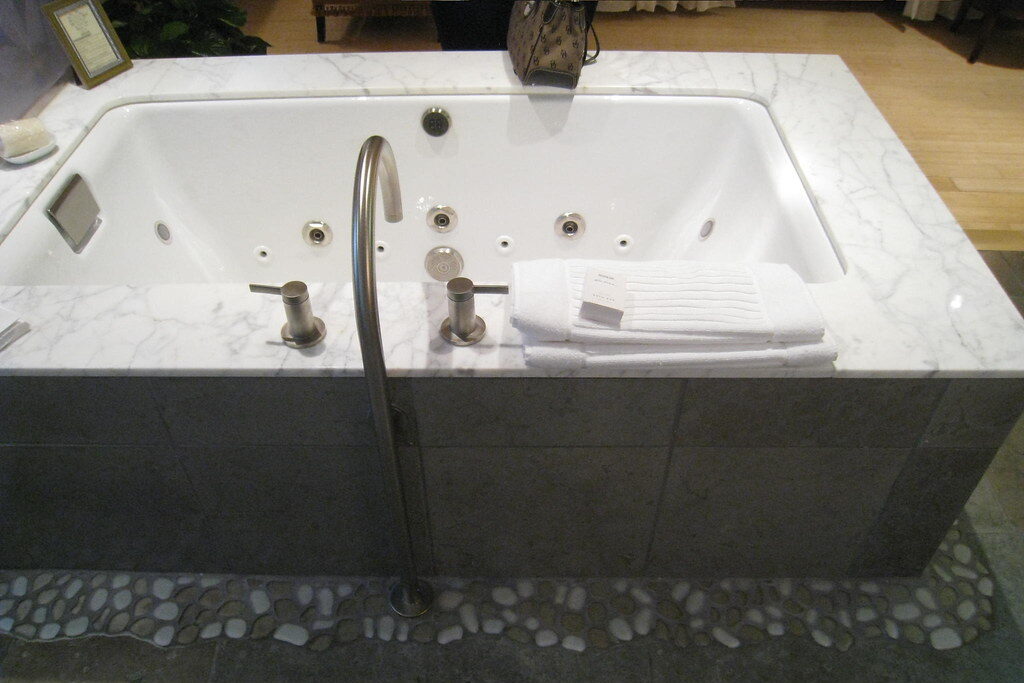
Once a staple of luxury bathrooms, jetted tubs have fallen out of favor due to their high maintenance and space-consuming design. Many buyers see them as impractical, as they require frequent cleaning to prevent mold and bacteria buildup. The noise from the jets can also be disruptive, making it less of a spa-like retreat than originally intended. On top of that, they use a significant amount of water and energy, which doesn’t align with today’s eco-conscious mindset.
Beyond the practical drawbacks, many buyers now prefer larger, walk-in showers with modern tiling and multiple showerheads. Jetted tubs also tend to look outdated, especially when they feature bulky designs and outdated materials. With many homeowners rarely using them, these tubs often take up valuable square footage that could be better utilized. As a result, buyers now prioritize functionality and sleek, modern bathroom layouts over oversized tubs.
14. Oversized Master Suites
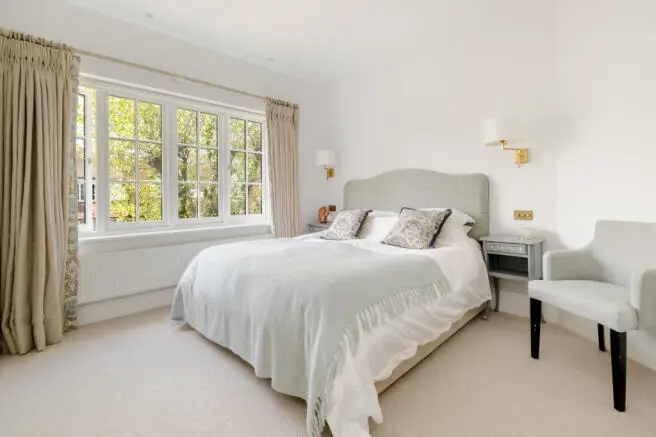
Large master suites with sitting areas, mini-bars, or unnecessary extras are losing their appeal among millennial buyers. Instead of sprawling spaces that feel wasteful, this generation prefers efficient bedrooms that prioritize functionality and comfort. They see little point in devoting so much square footage to a room that’s used mainly for sleeping. With rising housing costs, many would rather reallocate that space toward more practical areas like home offices or expanded storage.
Additionally, oversized suites can feel excessive and difficult to furnish without cluttering the space. Millennials value simplicity and minimalist aesthetics, and overly large bedrooms clash with that sensibility. They also recognize that bigger rooms mean higher heating and cooling costs, making them less energy-efficient. For most, a cozy, well-designed bedroom feels far more luxurious than a cavernous one filled with unused space.
15. Decorative Fireplaces
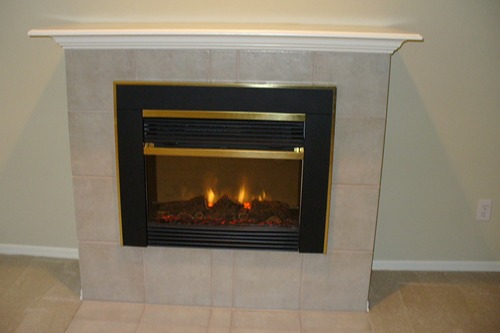
While fireplaces once symbolized warmth and tradition, many younger buyers now see them as more of a maintenance issue than a cozy feature. Cleaning soot, managing wood storage, and ensuring safety compliance all add up to extra hassle. Electric and gas alternatives have made traditional fireplaces seem outdated and inefficient. In climates where winters are mild, the feature often goes completely unused, making it hard to justify the upkeep.
Fireplaces also limit furniture placement and disrupt the clean, streamlined look that many modern interiors strive for. Millennials are prioritizing flexible layouts and eco-friendly heating options over aesthetic nostalgia. Some even see fireplaces as a relic of a less sustainable era due to their carbon emissions. For these buyers, functional heating and thoughtful design trump decorative tradition every time.
16. Expansive Front Lawns

Expansive front lawns once represented status and suburban pride, but today they’re being reconsidered as resource-draining relics. Millennials are conscious of water waste, chemical fertilizers, and the time required to maintain perfect grass. They prefer smaller, eco-friendly yards that use native plants or ground covers instead of traditional turf. A growing interest in sustainability has made lush, manicured lawns feel environmentally tone-deaf.
Beyond the ecological concerns, large lawns also eat into outdoor space that could serve a more practical purpose. Many homeowners are converting grassy areas into gardens, patios, or pollinator habitats instead. Millennials view a yard as an extension of their living space—not just a decorative feature for curb appeal. As a result, the era of the endless green lawn is quietly fading away.
17. Heavy Drapery and Window Treatments
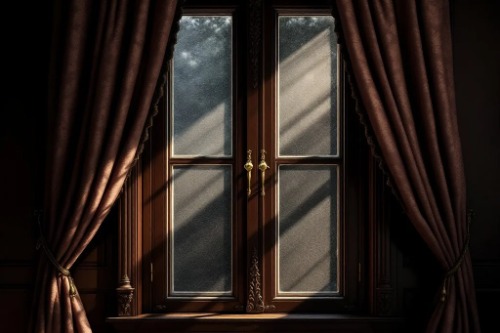
Elaborate curtains, tassels, and layered valances once conveyed elegance, but now they read as stuffy and outdated. Millennials prefer light-filtering shades, minimalist blinds, or simple linen curtains that let in natural light. Heavy drapes collect dust, block sunlight, and make rooms feel darker and smaller. The desire for bright, airy interiors has made ornate window treatments feel more like clutter than luxury.
Additionally, simple window coverings better align with the clean lines and neutral palettes popular in modern home design. Buyers want options that are easy to clean, adjust, and replace rather than fussy fabrics that require dry cleaning. They also appreciate the energy efficiency that comes with smarter materials like thermal shades. For most millennials, less fabric and more light equal better living.
18. Carpeted Bathrooms
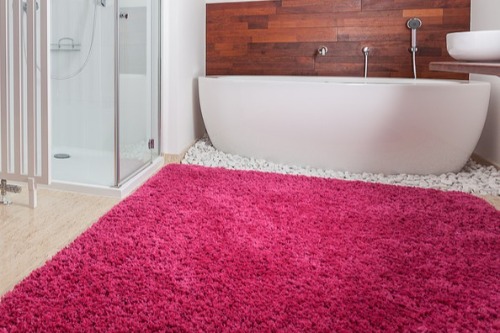
Once considered a cozy design choice in the 1980s and ’90s, carpeted bathrooms are now a complete dealbreaker for millennial buyers. The idea of trapping moisture, bacteria, and odors in fabric flooring feels unhygienic and outdated. Today’s homeowners overwhelmingly prefer tile, stone, or waterproof vinyl for easy cleaning and a sleek aesthetic. The emphasis on low-maintenance materials makes bathroom carpet a feature few want to inherit.
Beyond hygiene, carpeted bathrooms simply don’t match the clean, spa-like feel many modern buyers are after. Millennials value spaces that look and feel fresh, not ones that remind them of older homes with dated decor. Carpeting also reduces resale appeal since most buyers immediately plan to replace it. In short, softness underfoot isn’t worth the maintenance nightmare that comes with it.
19. Built-In Desks and Computer Nooks
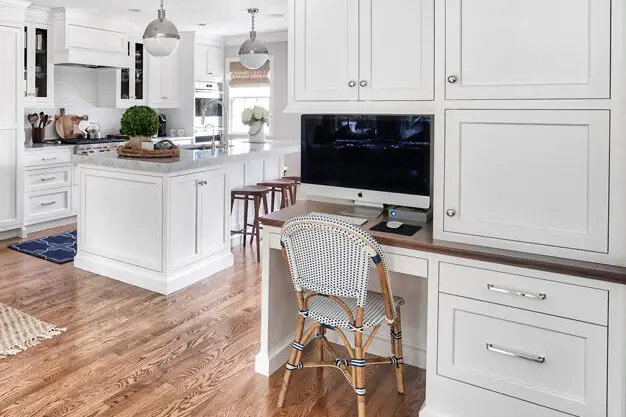
Once a hallmark of early-2000s home design, built-in desks and computer nooks have fallen out of favor. With the rise of laptops and mobile devices, few homeowners need a fixed workstation anymore. These spaces often end up as clutter zones, filled with old electronics and paperwork. Millennials prefer adaptable setups that can shift between work, relaxation, and entertainment without a dedicated nook taking up space.
Instead, they favor flexible furniture and multipurpose rooms that can evolve with their lifestyle. Built-in desks limit layout options and rarely match modern aesthetics, which lean toward open, minimalist designs. Portable workstations or compact desks that can be tucked away are far more appealing. For buyers who prioritize flexibility, permanence is the enemy of functionality.
20. Statement Chandeliers
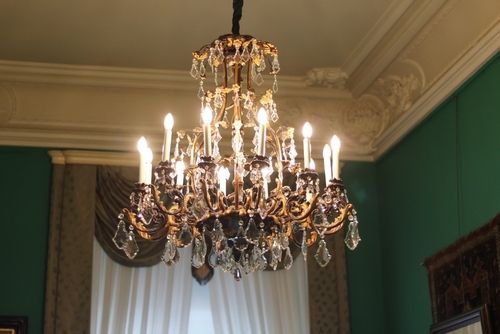
Once a showpiece of luxury homes, oversized chandeliers are being left behind in favor of simpler, understated lighting. Millennials see these grand fixtures as impractical, expensive to maintain, and difficult to clean. They often clash with minimalist decor and can make smaller rooms feel cramped or overly formal. The shift toward sustainable LED lighting and modern fixtures has rendered ornate chandeliers unnecessary.
Furthermore, statement lighting can feel out of place in the casual, multifunctional spaces millennials prefer. They’re choosing pendant lights, track lighting, or recessed fixtures that blend seamlessly with their interiors. Functionality and subtle elegance now take precedence over opulence. For many buyers, a well-lit room that reflects modern sensibilities is far more inviting than one centered around a glittering chandelier.
This post 20 Features Millennials Are Secretly Rejecting When Buying Homes was first published on Greenhouse Black.
